A brief history of advertising
The history of advertising can be traced to ancient civilisations. It became a major force in capitalist economies in the mid-19th century, seen primarily in newspapers and magazines. In the 20th century, advertising grew rapidly with new technologies such as direct mail, radio, television, the internet and mobile devices. Let's take a brief look at how this developed.

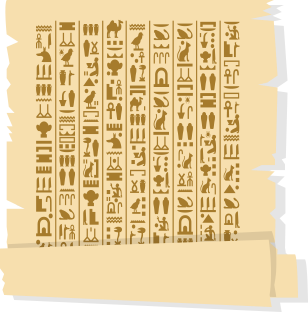
2500 BC
Ancient Egyptians use papyrus for messages, signs and notices. They also carve advertisements for bathhouses and marketplaces in public spaces.

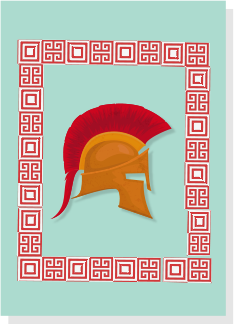
100 BC
In Ancient Rome, the use of political posters and campaign ads is popularised. The Ancient Romans are thought to have been the first to use negative ads as smear campaigns.

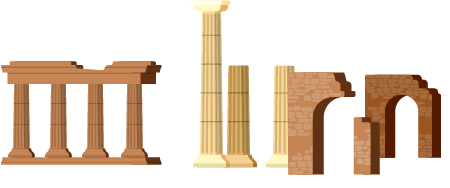
80 BC
The walls of Pompeii are filled with messages – this is possibly the first use of billboards.


1211 AD
Most of the populations of Medieval Europe are illiterate and rely on town criers for news.

1440 AD
The printing press is invented by Johannes Gutenberg in Mainz, Southern Germany and the mass production of printed material ensues.

1477 AD
England's first printed advertisement was a handbill (or flyer) printed by William Caxton to advertise a book he had produced - Sarum Ordinal, a manual for priests.

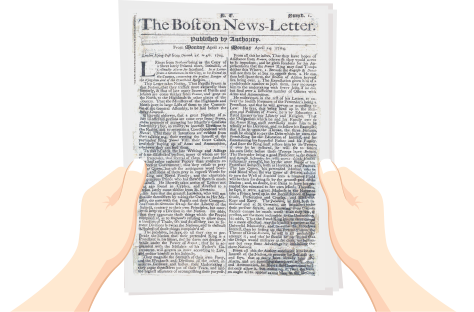
1704 AD
The first newspaper advertisement appears in the Boston Newsletter. It's an announcement seeking a buyer for an Oyster Bay, Long Island estate.
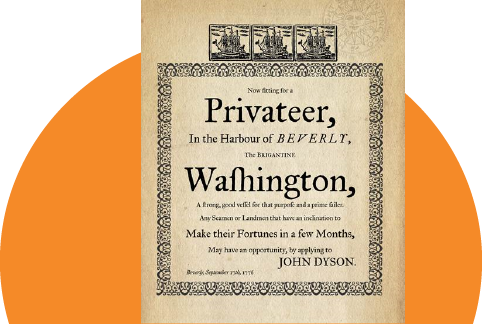

1776 AD
Marks the dawn of the American Revolution and the appearance of political ads to encourage enlistment.
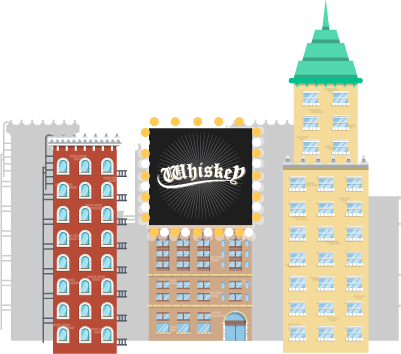
1882 AD
The first electronic sign is lit in Times Square New York City.

1908 AD
The first illuminated sign is lit in Piccadilly Circus, London, advertising Perrier.

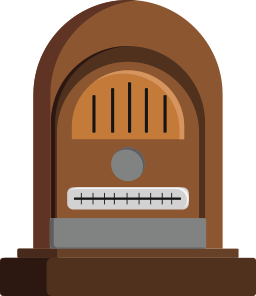
1922 AD
Radio ads begin.

1941 AD
The first tv commercial airs advertising Bulova, an American watch brand. The ad cost $9 for 20 seconds.

1960 AD
Psychologists introduce focus groups so that advertisers can understand the consumer's needs.


1967 AD
The first Superbowl takes place with 30 second TV ad slots costing $42,000 each. Coveted Superbowl ad slots go on to become one of the largest advertising events in the world.

1990 AD
The early 90s marks the transition to the modern Internet.

1995 AD
Pop-up ads begin to appear.

2000 AD
Google introduces ad words.

2006 AD
YouTube launches video ads.


2008 AD
Ads start to appear in smartphone apps.

Trends are changing very quickly now within the world of advertising due to the rapid development of new technologies. But before learning about the impact of new technologies on advertising, let’s learn more about traditional means of advertising in the next section.
See how much you can remember from the timeline in this quiz. You can always go back and check if you get stuck.
Question 1 of 4
Whoops, two wrong - start again!
What year did Google introduce Ad Words?
That's not right - go back and check the timeline. If you get it wrong once more you'll have to start the quiz again!
In 1908, the first illuminated sign was lit in Piccadilly Circus, what was it advertising?
That's not right - go back and check the timeline. If you get it wrong once more you'll have to start the quiz again!
In the 1960's, what did psychologists introduce to help advertisers understand consumer needs?
That's not right - go back and check the timeline. If you get it wrong once more you'll have to start the quiz again!
When was the printing press invented?
That's not right - go back and check the timeline. If you get it wrong once more you'll have to start the quiz again!
You scored 1 out of 4
